1658 Wheel out the big guns
Cannon in Canada, Province by Province. Volume 5: British Columbia
by Harold Skaarup
Fredericton: Global Summit House/ Silverhawk, 2021
$29.99 / 9781956515657
Reviewed by David Morgan
*
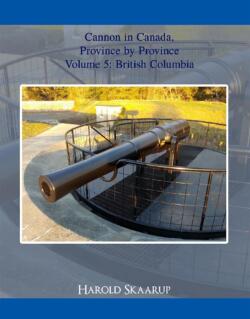 The number and variety of vintage cannon preserved in British Columbia is surprising. Harold Skaarup of Fredericton has documented some 58 in his recent book, Cannon in Canada, Province by Province, Volume Five, British Columbia. This fifth volume in the series is part of an ambitious project to locate and record every piece of historical artillery in the country. Previous volumes have covered the Maritime provinces, Ontario and Quebec. Skaarup who retired from the Canadian Army following a 40-year career as an intelligence officer, has spent years tabulating often obscure examples in maritime museums, cenotaphs and armouries. This latest series grew from a single volume released in 2012, Shelldrake – Canadian Artillery Museums and Gun Monuments, after years of research uncovered large numbers of additional specimens. Skaarup has become a veritable one-man self-publishing house. His website lists some fifty books relating to preserved aircraft and military artifacts in Canada and the United States.
The number and variety of vintage cannon preserved in British Columbia is surprising. Harold Skaarup of Fredericton has documented some 58 in his recent book, Cannon in Canada, Province by Province, Volume Five, British Columbia. This fifth volume in the series is part of an ambitious project to locate and record every piece of historical artillery in the country. Previous volumes have covered the Maritime provinces, Ontario and Quebec. Skaarup who retired from the Canadian Army following a 40-year career as an intelligence officer, has spent years tabulating often obscure examples in maritime museums, cenotaphs and armouries. This latest series grew from a single volume released in 2012, Shelldrake – Canadian Artillery Museums and Gun Monuments, after years of research uncovered large numbers of additional specimens. Skaarup has become a veritable one-man self-publishing house. His website lists some fifty books relating to preserved aircraft and military artifacts in Canada and the United States.
For better or worse, the cannon he has listed are the surviving material culture of Canada’s colonial history and evolving military history though the bloody world wars of the twentieth century and into the cold war. Not surprisingly, the majority are located in the Victoria-Esquimalt area, home to Canada’s Pacific naval base and former British imperial garrison.

Lost and forgotten examples have been recovered from unusual places. A six-inch (152mm) breech-loading gun barrel, used in the coast artillery (now on display at Fort Rodd Hill National Historic Site) was buried behind the former Menzies Street drill hall in Victoria by departing British troops in 1910 where it remained hidden for some 50 years.
Another example, a 12-pounder (76mm) breech-loading deck gun mounted on the HMCS Thiepval, a former RCN naval trawler employed by the Fisheries Department, went down with the ship in 1930 when it struck an uncharted rock and sank. This gun was recovered by divers some 45 years later and was refurbished as a memorial at Ucluelet.
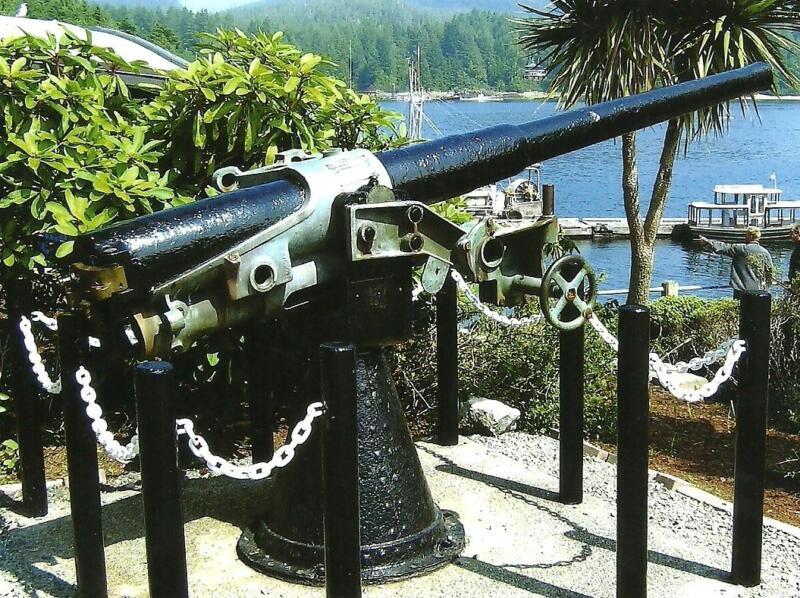

Another 12-pounder, a field piece manufactured in 1898 and mounted on a horse artillery carriage, remains an enigma. Only five survive in Canada. Assigned to the Esquimalt defences, it was last known to have been used as a saluting gun at Work Point Barracks in 1939. However, in 1973 it was found abandoned and rusting in a Nanaimo garbage dump. It may have been transferred to the Nanaimo Military Camp at some point during the Second World War and, given its obsolescence, used for ceremonial purposes.
It is also tempting to think that some skullduggery was involved in its disposal, perhaps connected to some long-festering memories of the 1912 Vancouver Island coal miners’ strike, when the local Militia was called out to police the unrest. However, no evidence has come to light to explain the gun’s fate. It also now resides at Fort Rodd Hill, too badly damaged for public display.
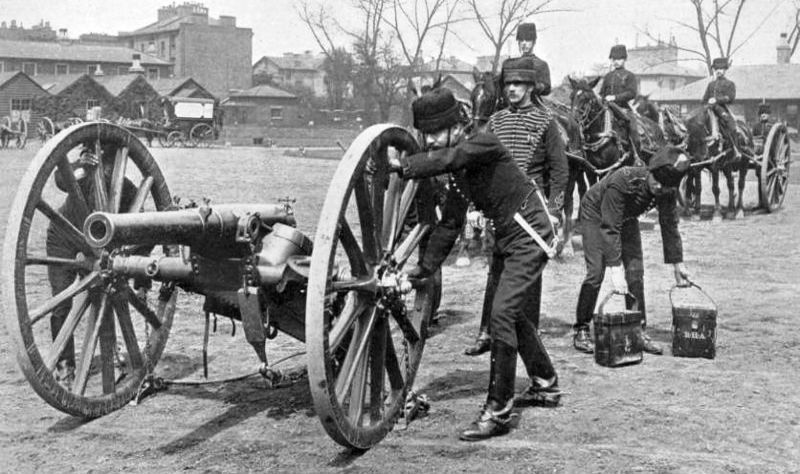
As Europeans settled in British Columbia more recently than in eastern Canada, the province lacks the massive smoothbore masonry fortifications of Halifax or Quebec City. Most of the cannon cited in the book are from the later rifled muzzle-loading and breech-loading periods of artillery development. However, this volume does include numerous examples of smoothbore cannon. Two small cast-iron 12-pounder carronades are located in the Hudson’s Bay Company’s bastion at Nanaimo. This pattern was introduced in the 1770s. Considered obsolete by the 1850s, the HBC likely obtained them from the Royal Navy for local defence of the Newcastle coal mine.
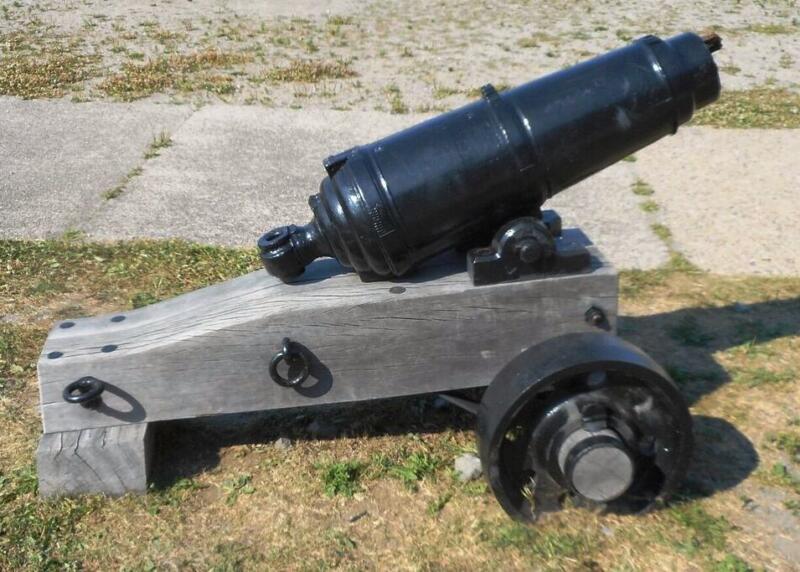
A pair of older cast-iron half pounder smoothbore muzzle-loaders mounted on wooden naval trucks, possibly dating from the first half of the 1700s, are located at Canadian Forces Base Esquimalt Dockyard.
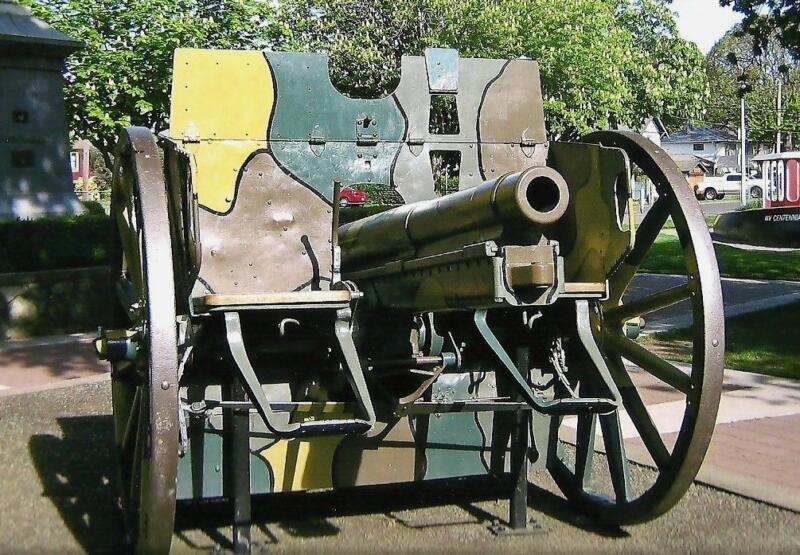
The book also devotes a chapter to war trophies: German First World War artillery pieces captured by the Canadian Corps during the One-Hundred Day Campaign of late 1918 which forced the German Army into widespread retreat. Some 47 war trophy guns were allocated to British Columbia in 1919, including a sinister-looking 210mm heavy mortar which sat incongruously at the entrance to Stanley Park in Vancouver and a 77mm field cannon placed on the placid lawn of the Provincial Legislature. Most of these guns were removed for scrap metal during the early months of the Second World War, although five preserved specimens are on public display at Esquimalt, Ladysmith, Kelowna, and Cranbrook, restored during heightened interest in the centenary of the war to end all wars.
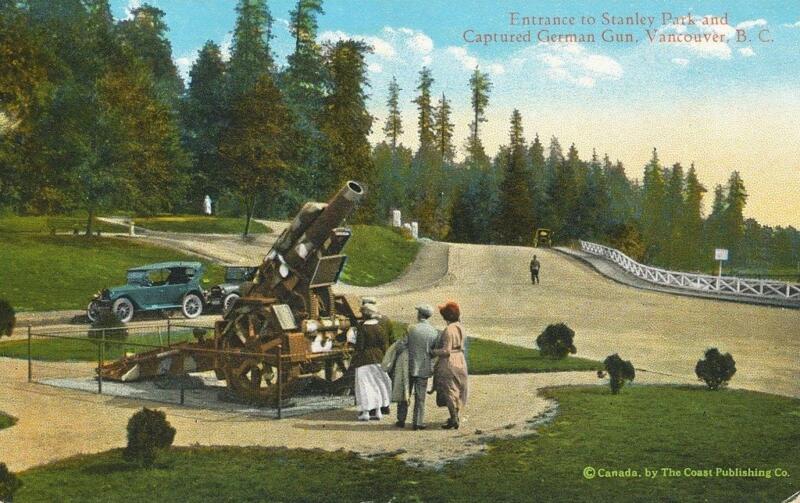
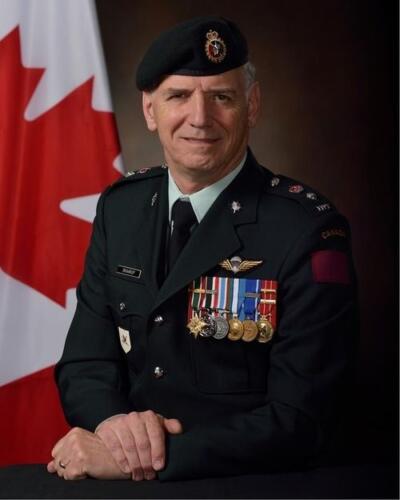
This soft-covered book is attractively produced and includes colour photographs and black and white period photographs of the guns mentioned, as well as historical descriptions and locations. However, it suffers from a lack stringent proofreading. Some pages are poorly organized. The author generously acknowledges the assistance of the numerous colleagues and enthusiasts who have made this book possible. Yet, there are two authors who, despite being cited in the text, are not mentioned in the acknowledgement, index or bibliography. And curious editorial decisions abound. For example, while the Canadian Army obtained four 8-inch (203mm) railway guns to augment the harbour defences of Esquimalt and Prince Rupert during the Second World War, the author has not included any photographs of this type of artillery. By contrast, four period photographs appear depicting British railway guns on the Western Front during the First World War with no explanation of their relevance to artillery in British Columbia. Also, some preserved armoured vehicles are mentioned, which is surprising because this is a topic covered in another of the author’s books, Ironsides: Canadian Armoured Fighting Vehicle Museums and Monuments.
The book is not a technological treatise of artillery development nor a comprehensive history of Canada’s defence policy or of the gunners who employed these weapons of war, although some aspects of these are briefly mentioned. Rather, its strength lies in gathering information on all known surviving artillery pieces together in a single reference work and in this the author has succeeded very well. This volume, along with the others in the Cannon In Canada series, would appeal to anyone interested in the fascinating history of artillery in Canada.
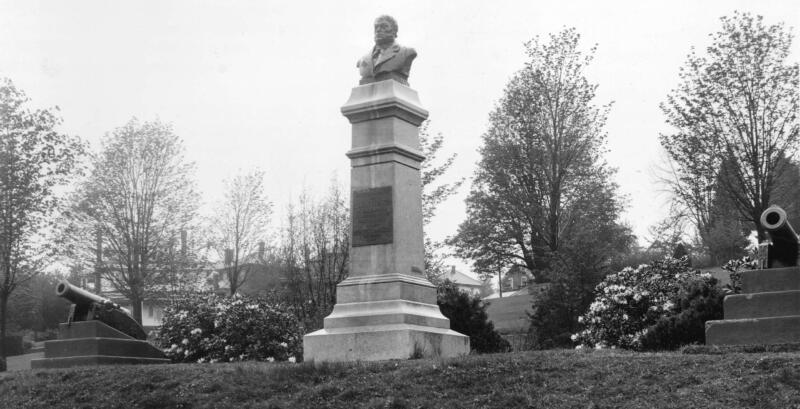
*

David Morgan was born in the East Kootenays and has lived in British Columbia ever since. He served as an officer in the army reserve and fought lightning fires with the BC Ministry of Forests’ helicopter rappel team. He studied history at the University of Victoria and journalism at Carleton University. A short yet uneventful career as a technical writer ended when he joined the Canadian Security Intelligence Service as an intelligence officer. Sworn to secrecy, he wrote innumerable reports. Later, he declined a transfer to Ottawa and instead joined Revenue Canada as a senior investigator where he wrote more reports and rounded out his thirty-year career with the federal government. He lives in Maple Ridge and hikes with his dog every day in Golden Ears Provincial Park. He is currently writing a history of the Abernethy and Lougheed Logging Company, which logged this area during the 1920s.
*
The British Columbia Review
Publisher and Editor: Richard Mackie
Formerly The Ormsby Review, The British Columbia Review is an on-line book review and journal service for BC writers and readers. The Advisory Board consists of Jean Barman, Wade Davis, Robin Fisher, Barry Gough, Hugh Johnston, Kathy Mezei, Patricia Roy, Maria Tippett, and Graeme Wynn. Provincial Government Patron (since September 2018): Creative BC. Honorary Patron: Yosef Wosk. Scholarly Patron: SFU Graduate Liberal Studies.
“Only connect.” – E.M. Forster
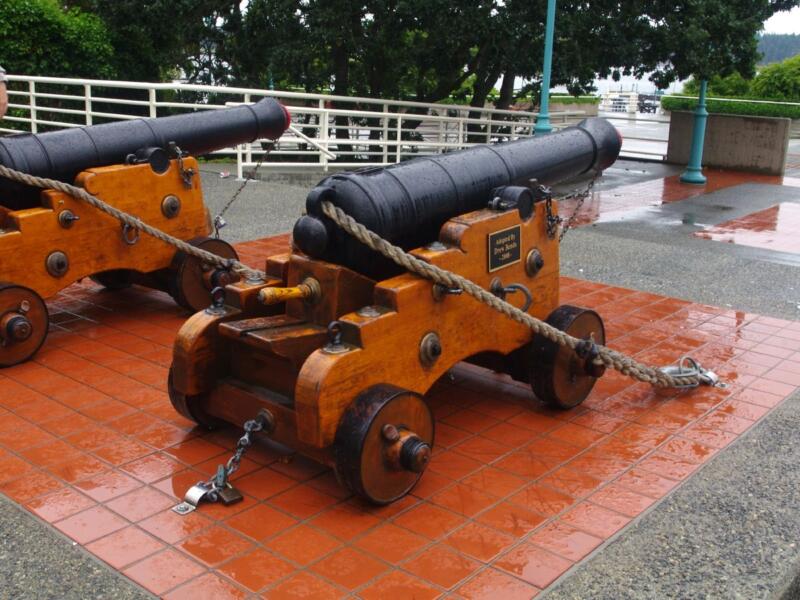
3 comments on “1658 Wheel out the big guns”
Where is the present day location of the Spanish cannon removed from Whyac Village in 1970s when sold by resident Bob Joseph? It was given to Vancouver Museum but later returned. I would appreciate knowing where it is now located. Thank you!
The 9-o’clock gun is mentioned here: https://www.silverhawkauthor.com/post/artillery-in-canada-1-british-columbia-vancouver-hmcs-discovery-15th-field-artillery-regiment-rca
And what of the 9-o’clock gun in Stanley Park?